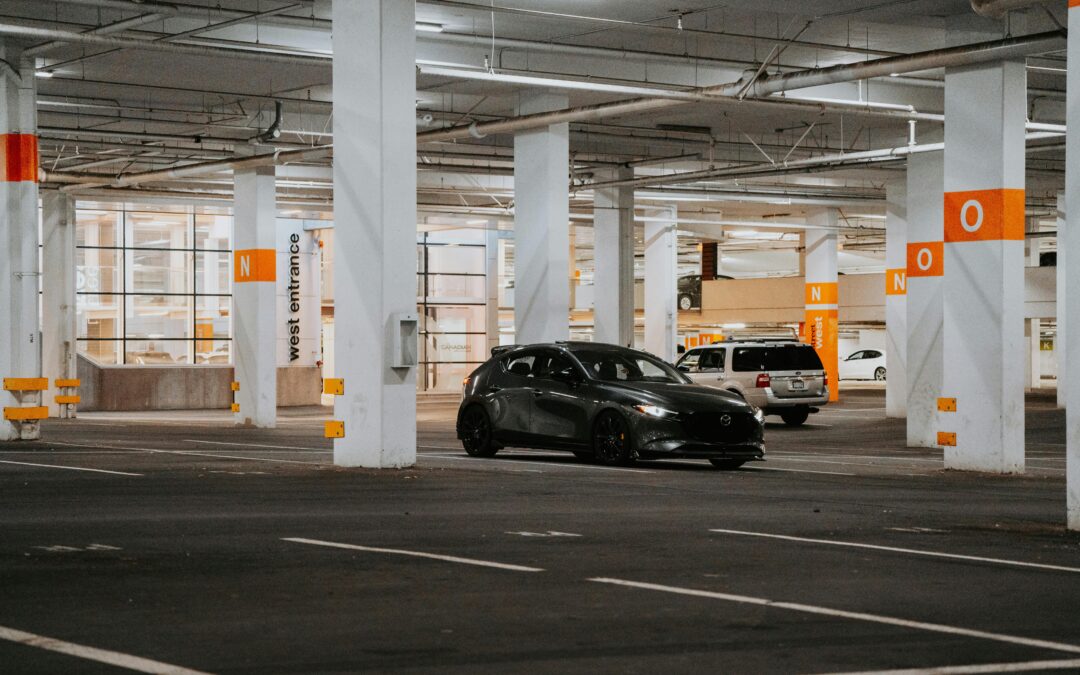Urban traffic congestion can be impacted by how vehicle parking is organized and accessed. When systems aren’t designed with flow in mind, movement slows, entries back up, and street-level efficiency drops. City Parking addresses these issues by applying design and operational models that account for more than just capacity. Here’s how targeted strategies help reduce demand pressure in areas with high traffic congestion:
Layout Decisions That Improve Flow
Parking layouts affect how easily vehicles move in and out of parking areas. Directional striping and angled spaces help avoid sharp turns and hesitation points. A path that guides drivers from entry to exit without doubling back keeps circulation consistent. When these small features work together, they might reduce stalled turns and issues with tight spaces.
When lanes are too narrow or signage is unclear, even low-volume lots can become slow to navigate. Grouping sections by turnover frequency might also reduce overlap between temporary stays and vehicles parked for longer durations. This kind of spatial separation doesn’t require extra space, only a clearer division of use.
Digital Tools That Minimize Idle Time
Real-time monitoring helps facilities work like coordinated systems rather than isolated lots. License plate readers and entry automation can quicken garage entry, while sensors give a live view of capacity. With some setups, users can reserve spots in advance, scan in automatically, and move through the garage without interacting with physical machines. These functions help save time at gates and reduce double-backs from full zones.
Multiple facilities sharing the same data can also ease traffic away from hotspots. If users know where to go without trial and error, patterns shift, and loads balance out across available space. For operators, this feedback helps fine-tune peak access without expanding square footage.
Demand Management Through Tiered Access
Facility bottlenecks usually show up around the same time frames each day. Splitting usage into controlled time frames reduces that strain. Garages may offer staggered entry hours or segment users by purpose; monthly tenants can follow one schedule, while event access follows another. This helps reduce congestion at the entrance gate and inside, where shared lanes can become choke points when different groups compete for the same access paths.
Flexible Agreements Across Community Sectors
Mixed-use vehicle parking can be beneficial in high-density regions. When a single location supports daytime commuters, evening events, and weekend overflow, it usually functions more efficiently. A site that fills up infrequently is harder to justify than one used in rotating shifts.
Operators can create schedules that layer groups instead of separating them by sharing usage with predictable off-hours. These setups require some coordination, but not more space. City Parkinghelps enforce these flexible setups where demand patterns support it. A site used by businesses until 5 p.m. may transition to residential or entertainment access overnight without physical changes to the layout.
Performance Data to Guide Adjustments
Use patterns aren’t always obvious until tracked over time. Entry logs, length-of-stay averages, and return frequency help identify where processes slow down. This kind of feedback highlights inefficiencies. Some sections might fill first while others lag, even when the location seems balanced. If that’s the case, revisiting signage, wayfinding, or lighting may shift behavior without adjusting the building’s footprint. A lot’s performance depends on how much space it has, and how well the space adapts to actual use.
Reducing Parking Pressure Through Smarter Design
Pressure builds when systems lack coordination between layout, access, and timing. These areas may perform better when strategies are applied across all three. City Parking works to reduce delays and create smoother flow across its facilities. Contact us today to learn how your space can adapt using design, data, and a better structure.

